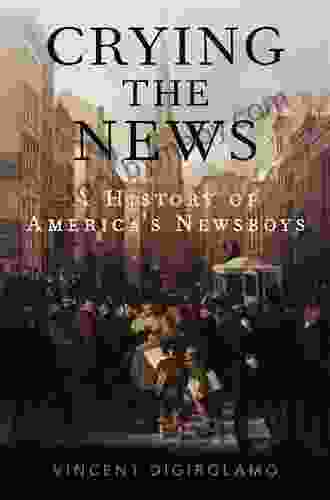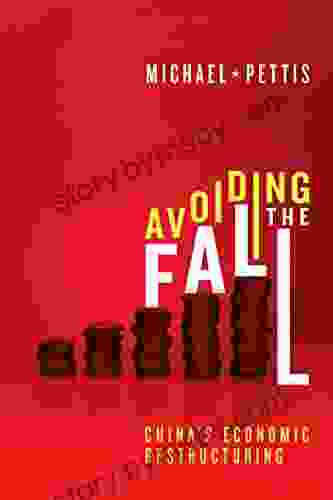The Forgotten History of America's Newsboys

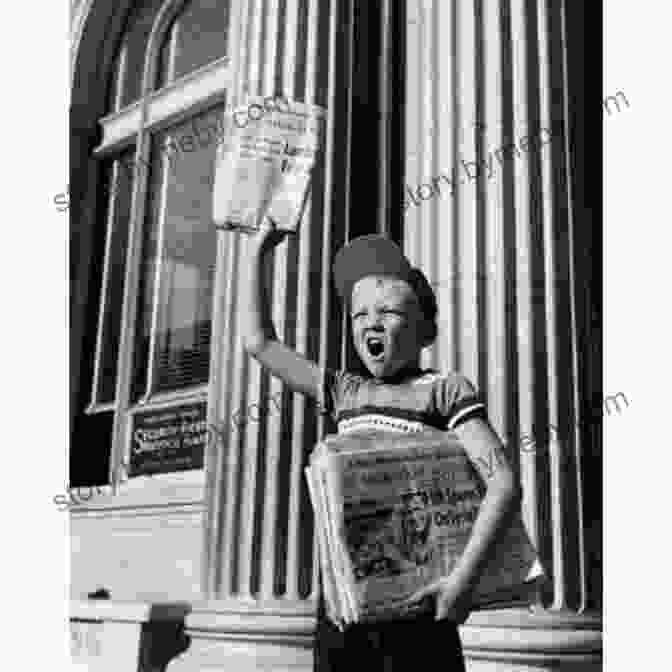
4.6 out of 5
| Language | : | English |
| File size | : | 45391 KB |
| Text-to-Speech | : | Enabled |
| Screen Reader | : | Supported |
| Enhanced typesetting | : | Enabled |
| Word Wise | : | Enabled |
| Print length | : | 710 pages |
| Lending | : | Enabled |
In the bustling streets of 19th and early 20th century America, a ubiquitous sight was the sight of young boys hawking newspapers. These newsboys, as they were known, played a vital role in disseminating information to the masses, shaping public opinion, and providing a glimpse into the social and economic realities of the time.
The origins of newsboys can be traced back to the early 19th century, when newspapers began to be sold on the streets of major cities. At first, these vendors were primarily adult men, but as the century progressed, more and more children began to take up the trade. By the 1850s, newsboys were a common sight in cities across the country.
Newsboys came from all walks of life, but they were typically poor, orphaned, or homeless children. They often worked long hours in dangerous conditions, and they faced a variety of challenges, including physical abuse, exploitation, and arrest.
Despite these challenges, newsboys played an important role in American society. They were a source of information for people who could not afford to buy newspapers, and they helped to create a sense of community in urban areas. Newsboys also played a role in shaping public opinion, as they were often the first to report on major events and scandals.
In the early 20th century, the newsboy trade began to decline as newspapers became more affordable and accessible. However, newsboys continued to play a role in American society, and they remain an important part of the nation's history.
The Newsboys' Role in Shaping Public Opinion
Newsboys played a pivotal role in shaping public opinion during the 19th and early 20th centuries. They were often the first to report on major events and scandals, and their cries of "Extra! Extra!" could be heard throughout the streets of major cities.
Newsboys were particularly influential in shaping public opinion during the Civil War. They reported on the latest battles and provided firsthand accounts of the horrors of war. Their reports helped to galvanize support for the Union cause and to keep the public informed about the progress of the war.
Newsboys also played a role in shaping public opinion during the Progressive Era. They reported on the plight of the poor and working class, and they helped to raise awareness of social injustices. Their reports helped to inspire reform movements and to bring about positive change.
The Challenges Faced by Newsboys
Newsboys faced a variety of challenges in their daily lives. They worked long hours in dangerous conditions, and they were often subjected to physical abuse and exploitation. They also faced the challenge of poverty and homelessness.
One of the biggest challenges faced by newsboys was the police. In many cities, newsboys were seen as a nuisance, and they were often arrested for vagrancy or disFree Downloadly conduct. In some cases, newsboys were even beaten or jailed.
Despite these challenges, newsboys persevered. They continued to work hard and to provide a valuable service to their communities.
The Legacy of the Newsboys
The newsboys of the 19th and early 20th centuries left a lasting legacy on American society. They played a vital role in disseminating information, shaping public opinion, and providing a glimpse into the social and economic realities of the time.
Today, newsboys are a reminder of the important role that young people can play in society. They are also a symbol of the resilience and determination of the human spirit.
4.6 out of 5
| Language | : | English |
| File size | : | 45391 KB |
| Text-to-Speech | : | Enabled |
| Screen Reader | : | Supported |
| Enhanced typesetting | : | Enabled |
| Word Wise | : | Enabled |
| Print length | : | 710 pages |
| Lending | : | Enabled |
Do you want to contribute by writing guest posts on this blog?
Please contact us and send us a resume of previous articles that you have written.
 Book
Book Novel
Novel Page
Page Chapter
Chapter Text
Text Story
Story Genre
Genre Reader
Reader Library
Library Paperback
Paperback E-book
E-book Magazine
Magazine Newspaper
Newspaper Paragraph
Paragraph Sentence
Sentence Bookmark
Bookmark Shelf
Shelf Glossary
Glossary Bibliography
Bibliography Foreword
Foreword Preface
Preface Synopsis
Synopsis Annotation
Annotation Footnote
Footnote Manuscript
Manuscript Scroll
Scroll Codex
Codex Tome
Tome Bestseller
Bestseller Classics
Classics Library card
Library card Narrative
Narrative Biography
Biography Autobiography
Autobiography Memoir
Memoir Reference
Reference Encyclopedia
Encyclopedia Stacey Steinberg
Stacey Steinberg L R Hanson
L R Hanson Martina Sprague
Martina Sprague The Associated Press
The Associated Press Terry Goodkind
Terry Goodkind Marilyn Nelson
Marilyn Nelson Kobad Ghandy
Kobad Ghandy Lindsey Pollak
Lindsey Pollak Tade Thompson
Tade Thompson Lincoln Child
Lincoln Child Peter Trew
Peter Trew Kyle Sullivan
Kyle Sullivan Thomas Nelson Page
Thomas Nelson Page Linda Renfroe
Linda Renfroe Tony Schwartz
Tony Schwartz Lawrence Osborne
Lawrence Osborne Stephen Kurkjian
Stephen Kurkjian Marguerite Penrose
Marguerite Penrose Kj Kalis
Kj Kalis Timothy F Geithner
Timothy F Geithner
Light bulbAdvertise smarter! Our strategic ad space ensures maximum exposure. Reserve your spot today!

 Henry Wadsworth LongfellowAchieve Optimal Aging Wellness: Embark on a Journey of Holistic Well-being...
Henry Wadsworth LongfellowAchieve Optimal Aging Wellness: Embark on a Journey of Holistic Well-being... Al FosterFollow ·7.9k
Al FosterFollow ·7.9k Charles DickensFollow ·5.1k
Charles DickensFollow ·5.1k Mario BenedettiFollow ·18k
Mario BenedettiFollow ·18k Alfred RossFollow ·4.8k
Alfred RossFollow ·4.8k Ray BlairFollow ·17.3k
Ray BlairFollow ·17.3k Carl WalkerFollow ·8.4k
Carl WalkerFollow ·8.4k Mario SimmonsFollow ·7.5k
Mario SimmonsFollow ·7.5k Jules VerneFollow ·6k
Jules VerneFollow ·6k
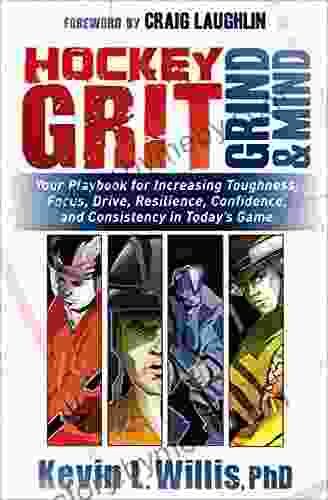
 Forrest Reed
Forrest ReedHockey Grit, Grind, Mind: The Ultimate Guide to Mental...
Hockey is a tough...
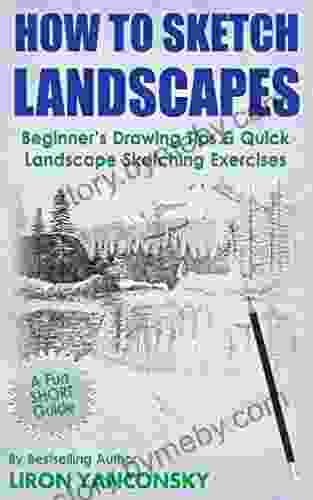
 Juan Rulfo
Juan RulfoUnlock Your Inner Artist: Embark on a Sketching Journey...
Embrace the Beauty of Nature Through Quick...

 Nathaniel Hawthorne
Nathaniel HawthorneSo You Think You're a Philadelphia Phillies Fan?
The Philadelphia Phillies are one of the most...

 Jeff Foster
Jeff FosterGoal-Based Investing: A Comprehensive Guide to Achieving...
Investing is not...

 Aleksandr Pushkin
Aleksandr PushkinGNOMEDOM: The Future Unfolds (Gnomedom Tales 1)
Escape into the enchanting world of Gnomedom...

 Branden Simmons
Branden SimmonsInternal Factors And Training Concepts For All Internal...
Internal arts, such as Tai...
4.6 out of 5
| Language | : | English |
| File size | : | 45391 KB |
| Text-to-Speech | : | Enabled |
| Screen Reader | : | Supported |
| Enhanced typesetting | : | Enabled |
| Word Wise | : | Enabled |
| Print length | : | 710 pages |
| Lending | : | Enabled |


